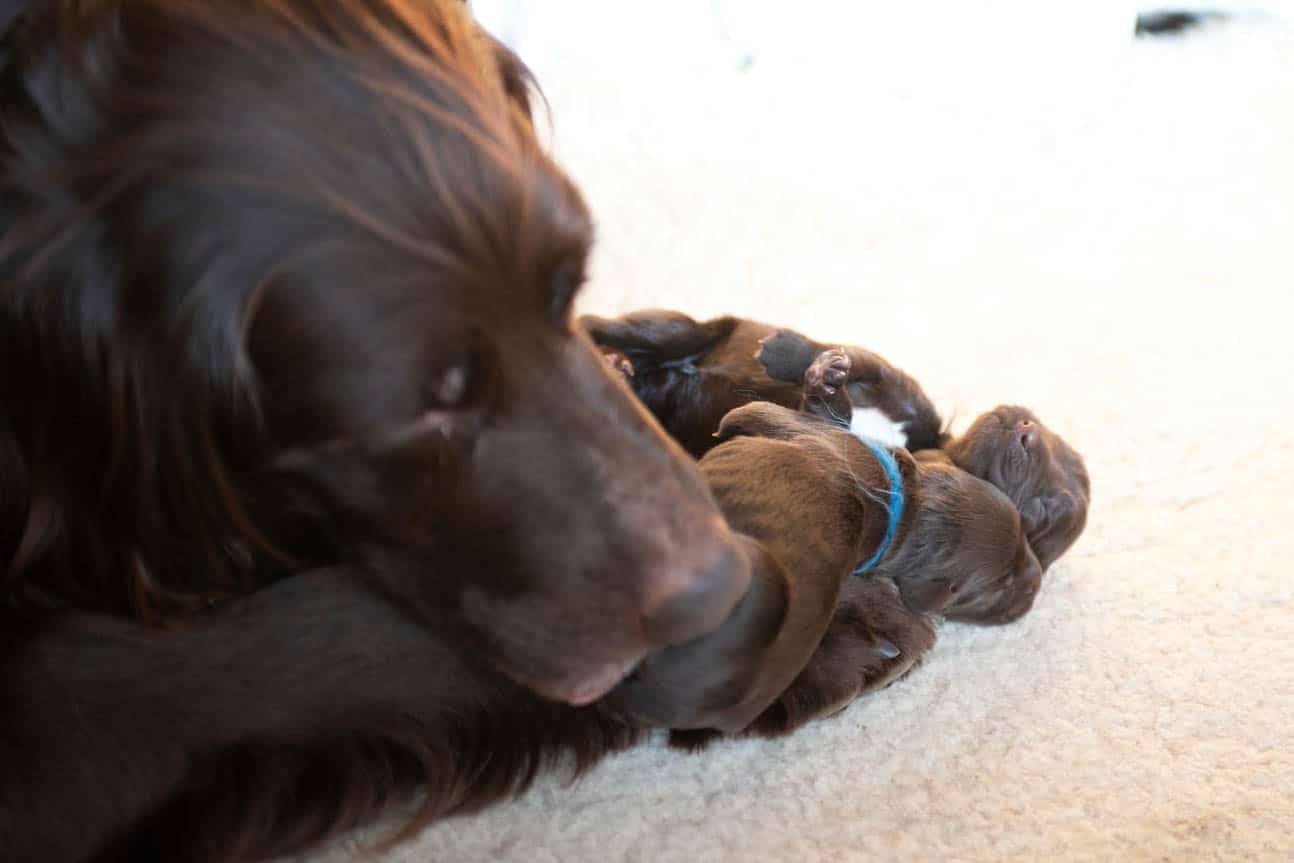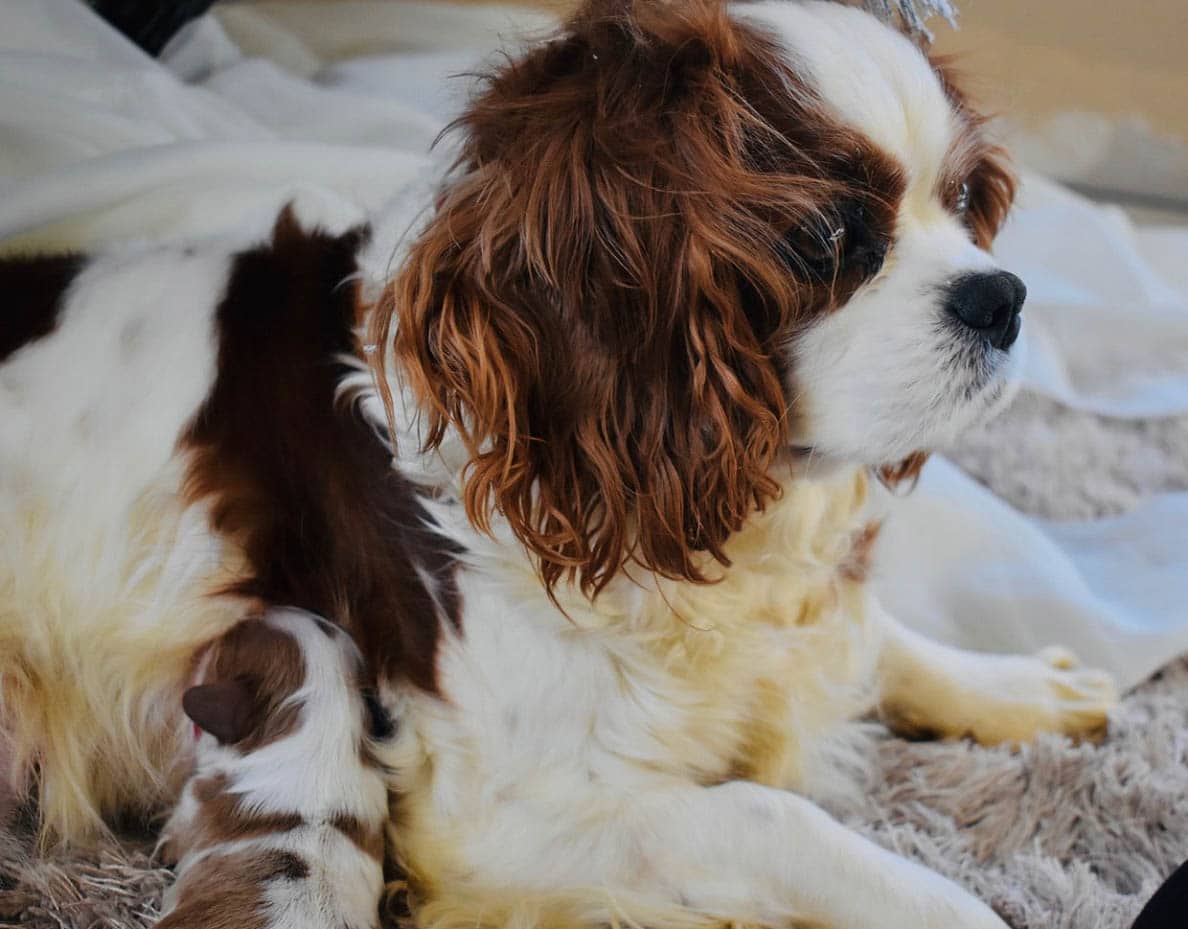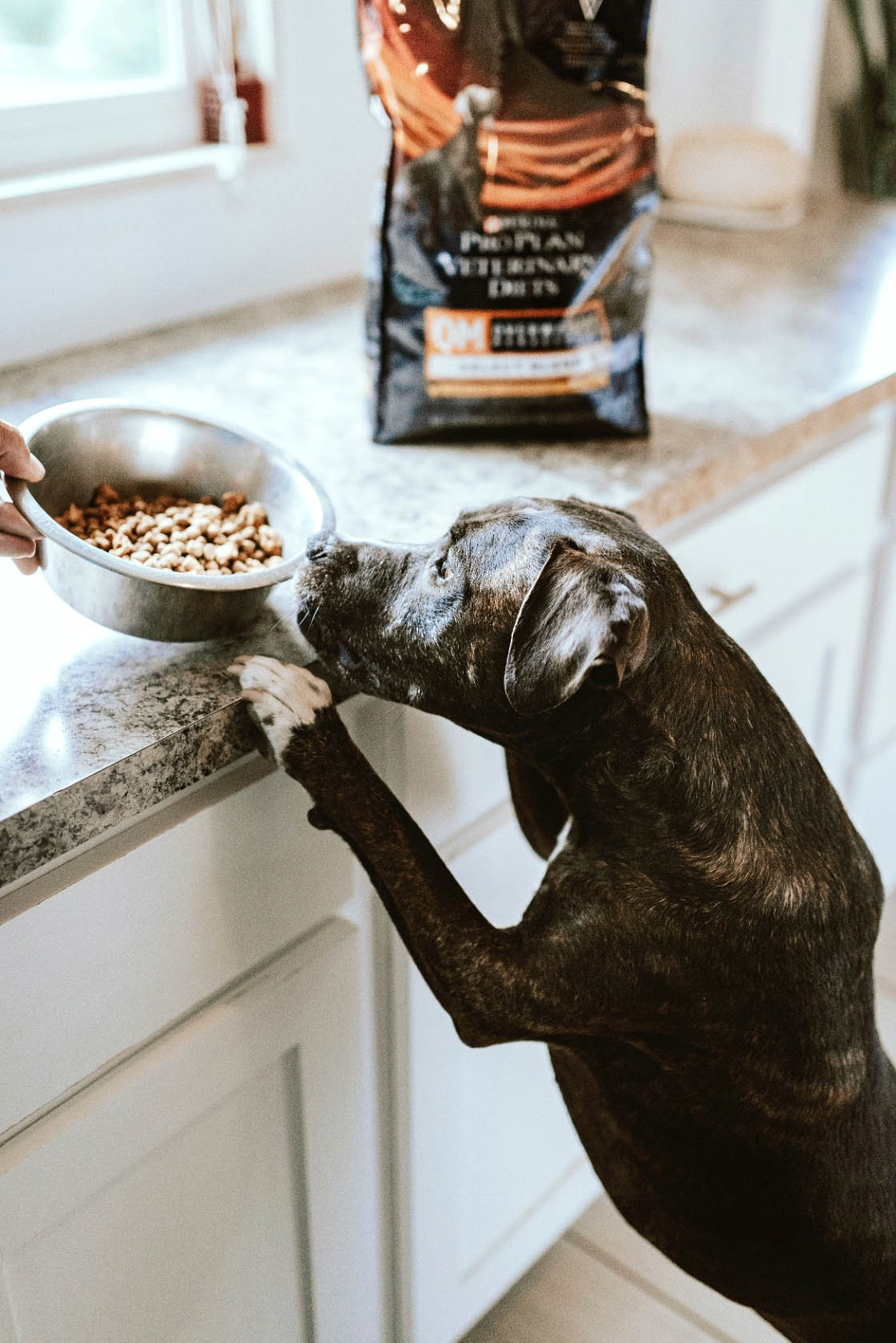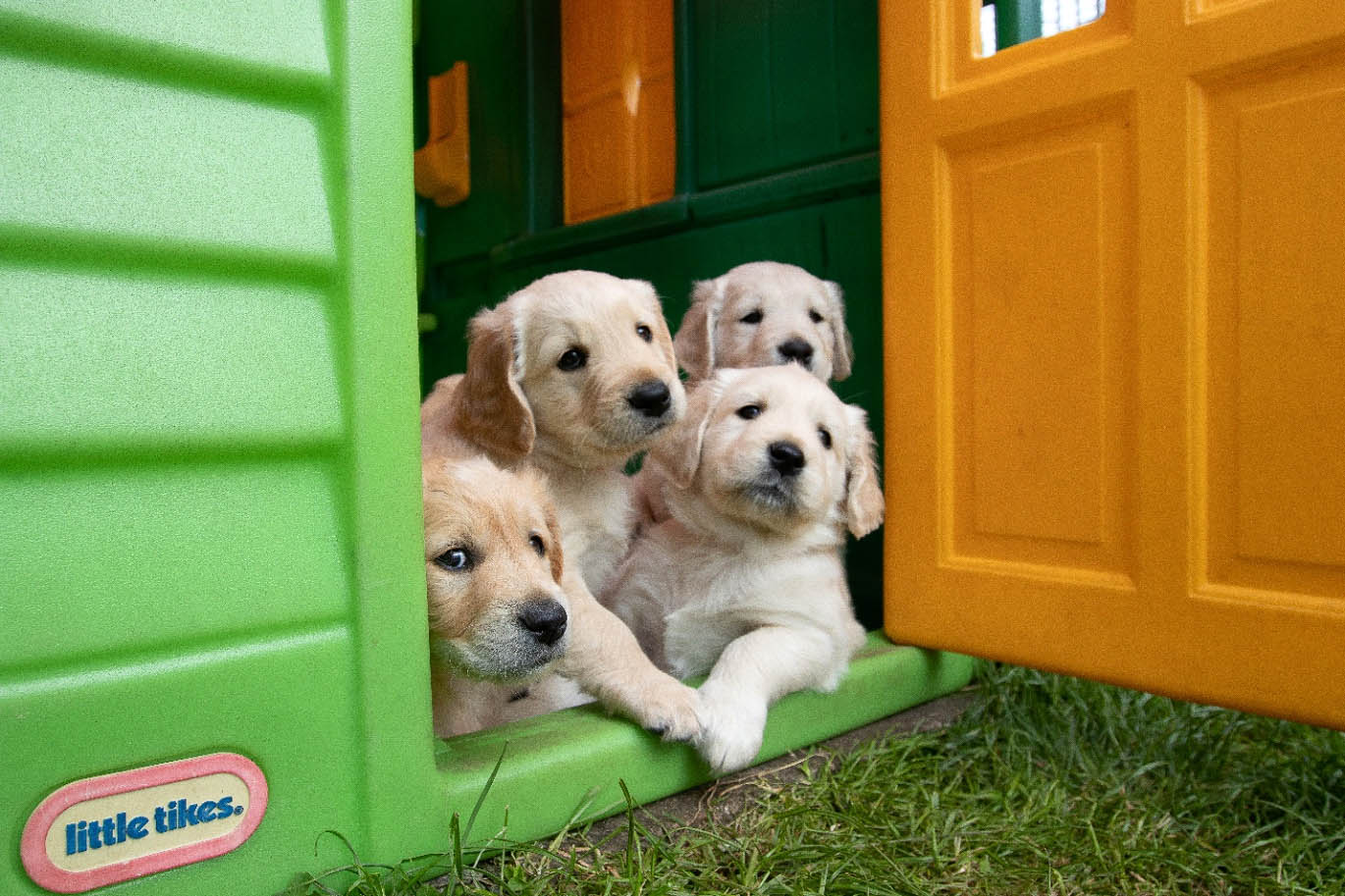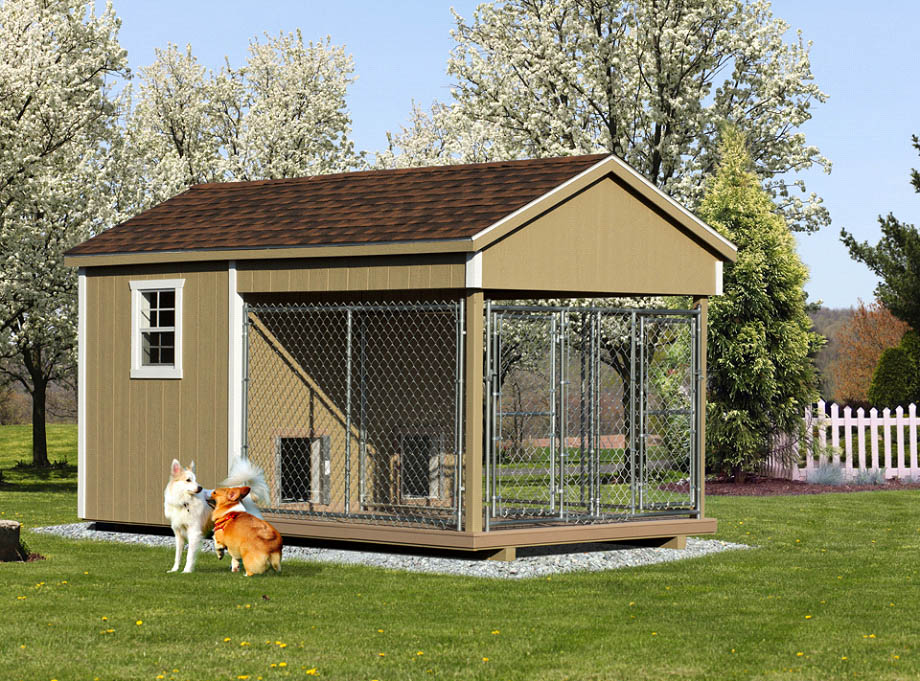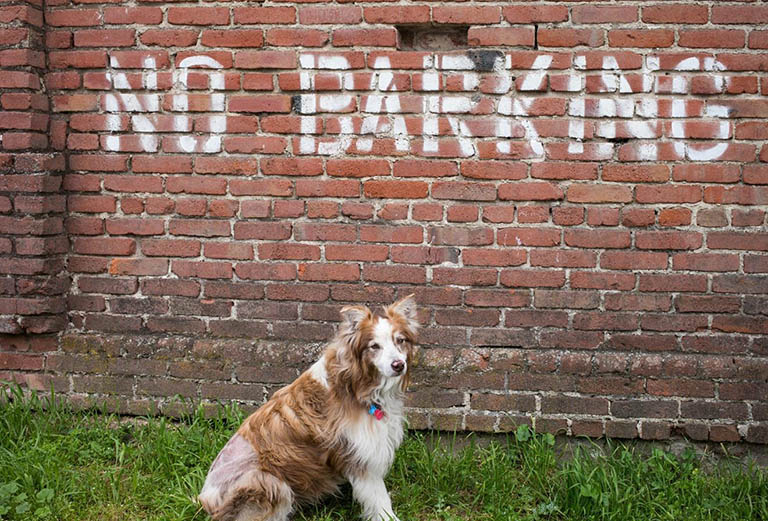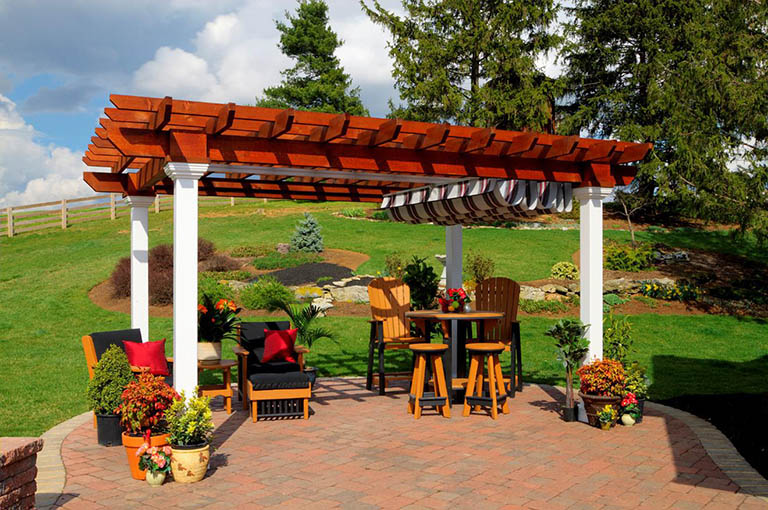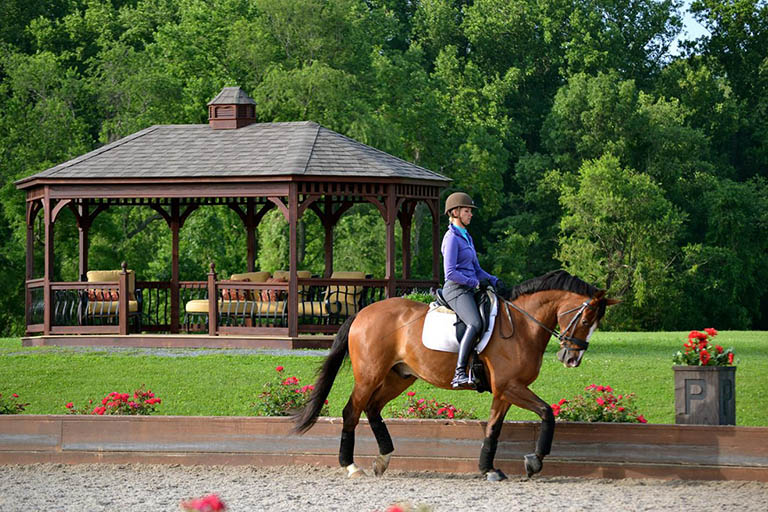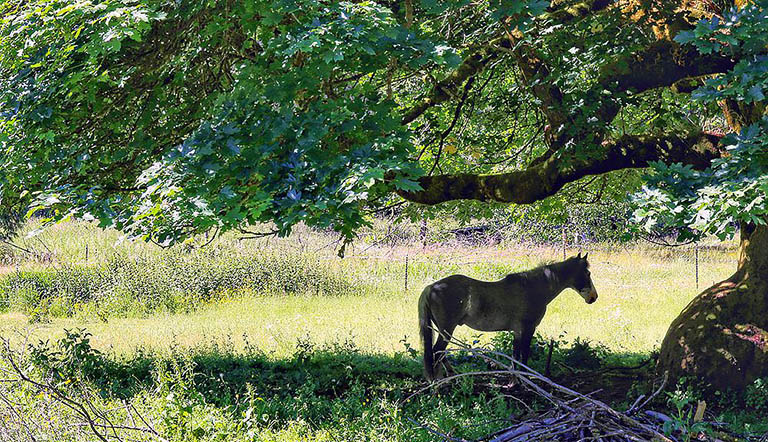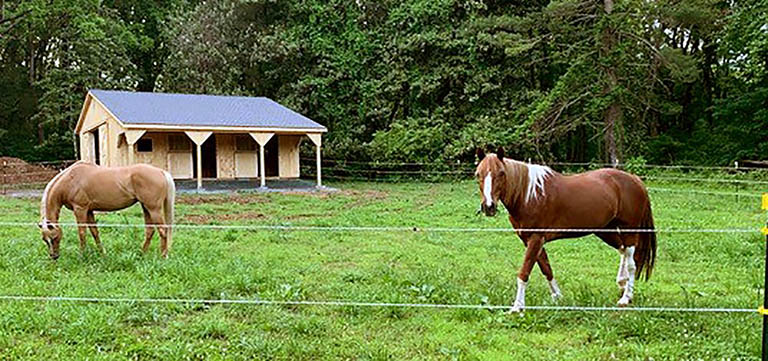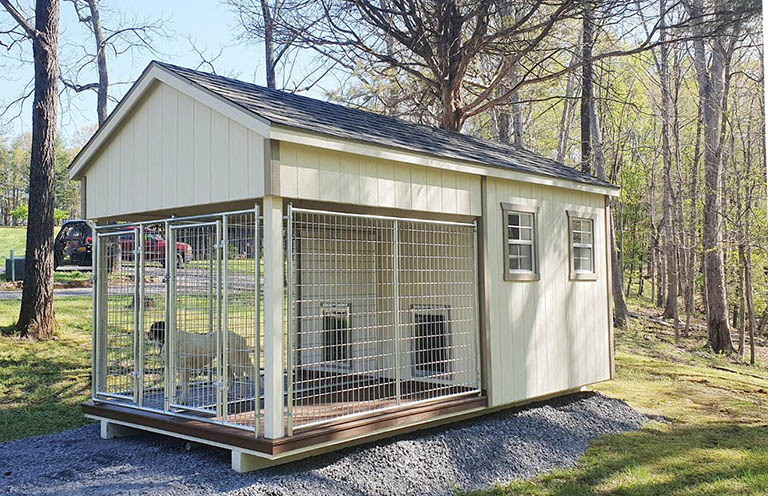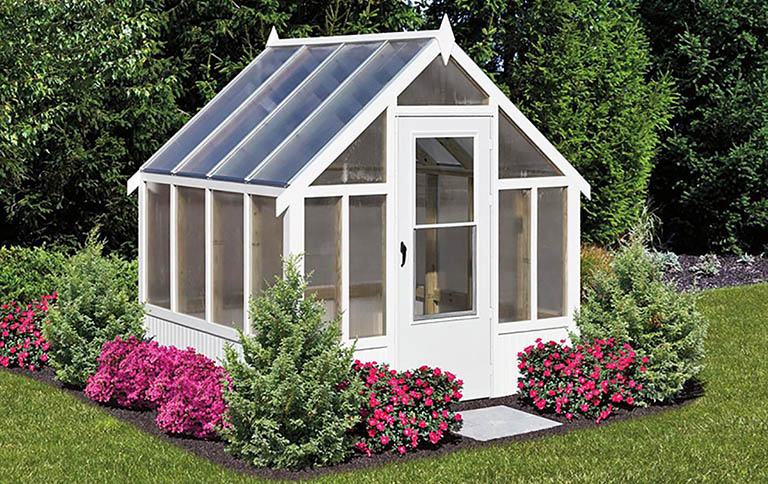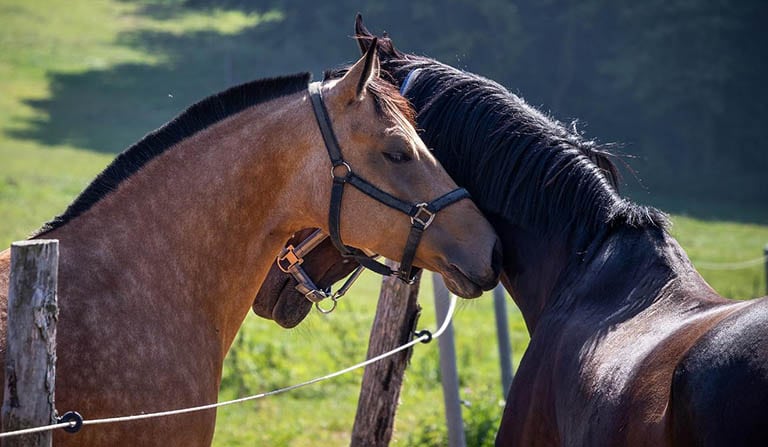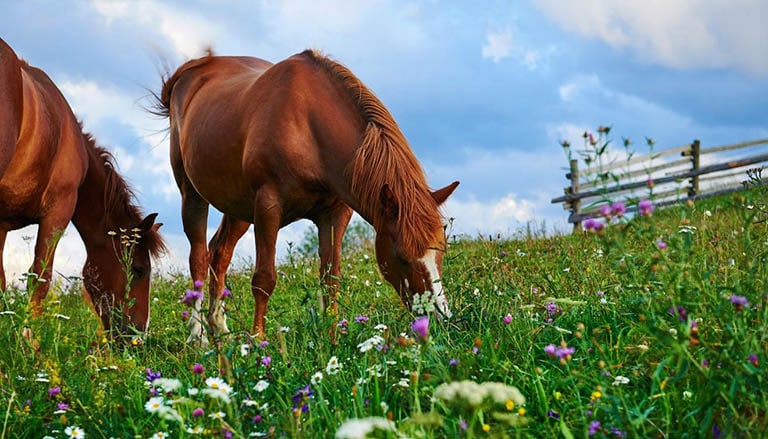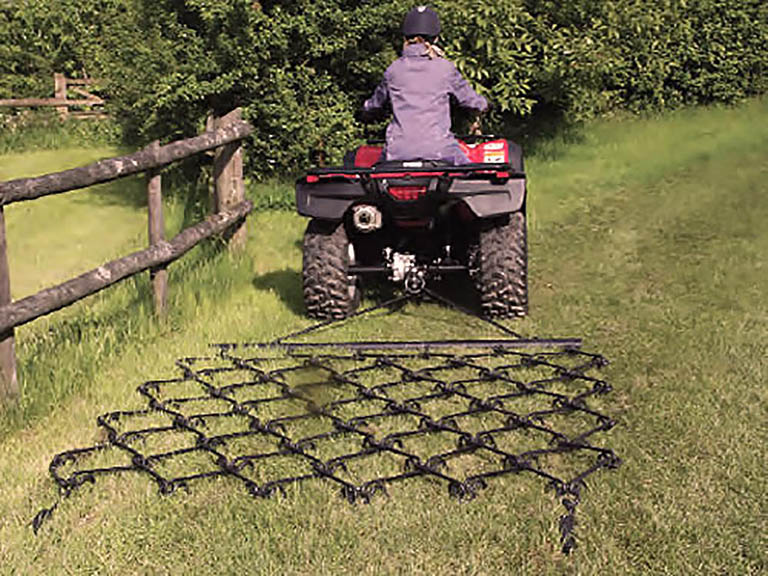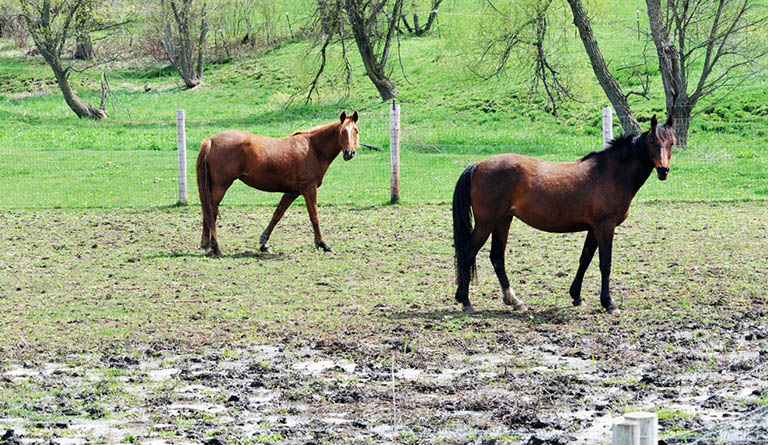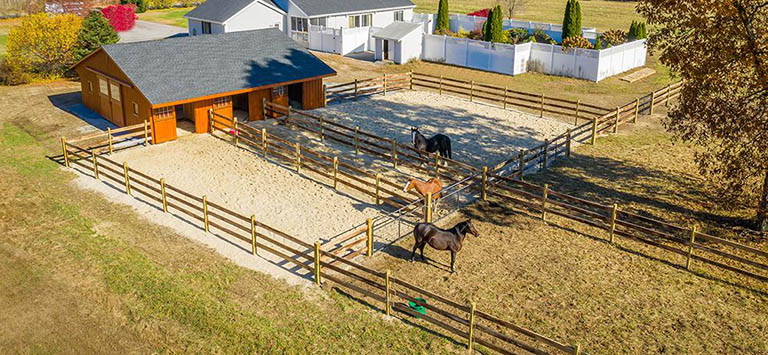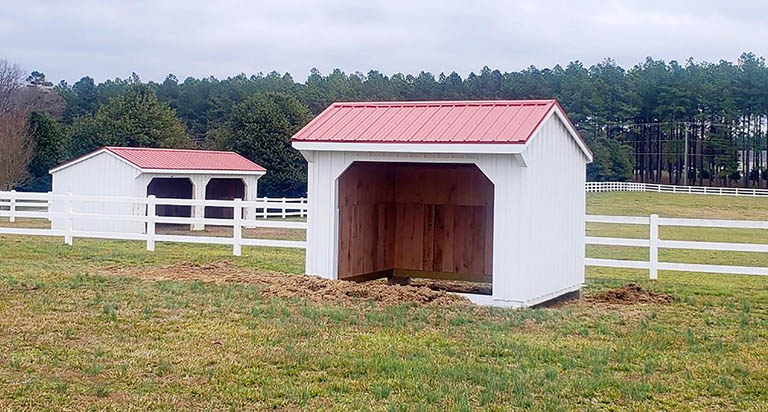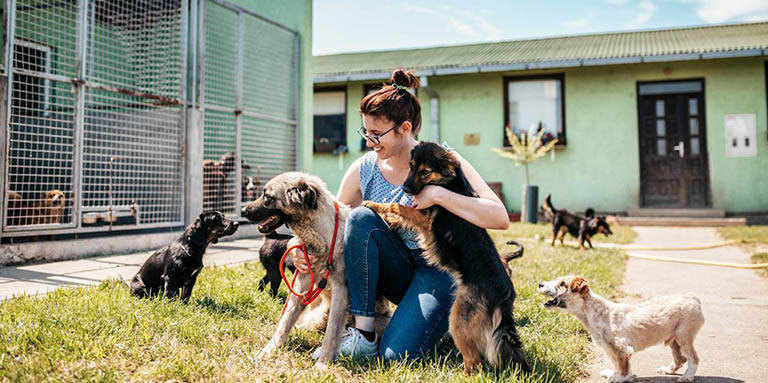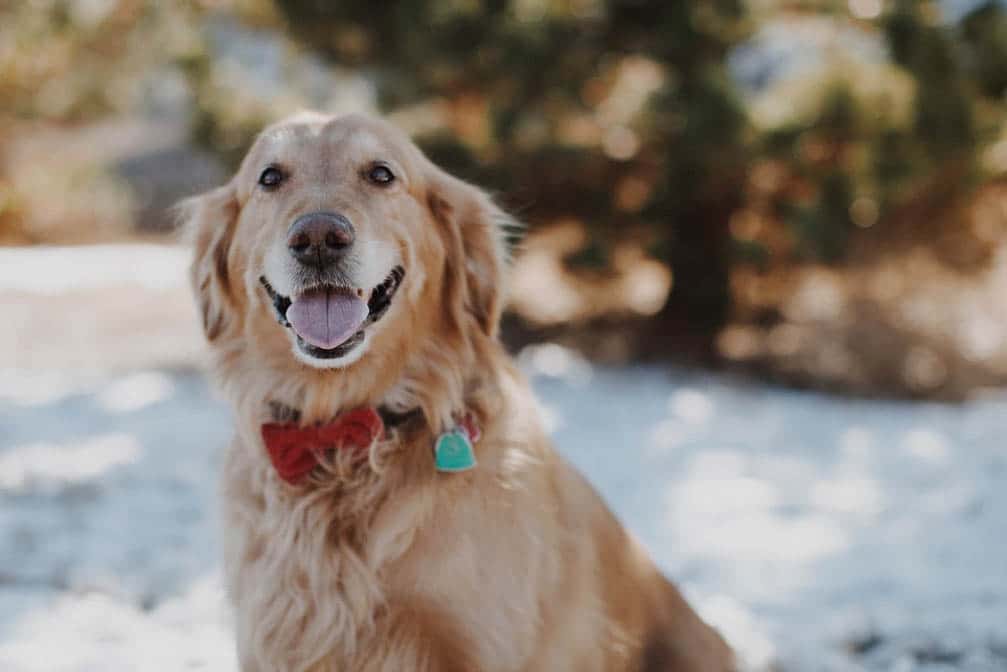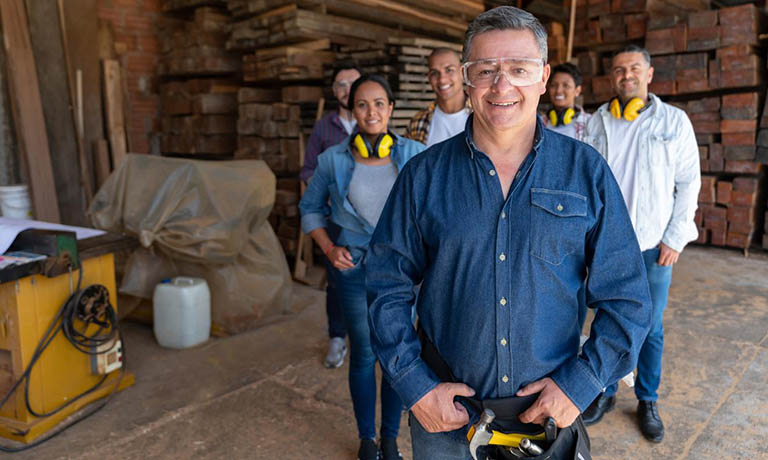Photo by Oliver Keitel on Unsplash
If you are responsible for caring for a nursing dog mom, then there are several things you will want to do in order to keep your dog mom as healthy and as happy as possible. After all, the healthier the mother dog is, the better off the puppies will be.
It is also important that your dog mom has a safe space of her own during this time so that she can focus on nursing and caring for her new pups.
The biggest thing to keep in mind when choosing a space for your nursing dog mom, is that you need to find an area where she can be comfortable, protected and separate from other animals in, or on, your property. This space should also be separated from any major traffic flow of people as well. Even the most friendly and playful of dogs can start to get agitated or overly protected when they are nursing puppies.
In order to keep your dog, other people, and other animals as safe as possible, finding this protected area is of the utmost importance. Here are a few other tips that will help you create the right safe space for any nursing dog mom, so she can focus on feeding, caring for and raising her new pups in comfort.
Creating The Right Environment
Photo courtesy of @sophiakunkel via Unsplash.
It should come as no surprise to you that caring for newborns can be stressful, even for puppies. This is why a quiet and secluded space is so important. Your nursing dog’s area should feel like a quiet sanctuary for your dog and should be completely private.
Experts recommend that you set up your dog’s whelping box before birth in an area that is separate from busy household traffic. The whelping box is important for the early dog nursing days. Here’s what to keep in mind when establishing a whelping box:
- The whelping box should have low sides between 12-18 inches and have a cut-out portion for the mom dog to easily enter and exit. It can be made out of cardboard or wood
- The whelping box should be large enough for the mother dog to turn around in without potentially stepping on or harming her pups.
- The whelping box should be big enough for a mom dog to lie on her side too nurse, but not too big, otherwise it may prevent little pups from getting the extra body heat they need.
Once you have the right whelping box inside a covered kennel or room in your home, make sure you outfit it with towels and blankets. You will likely need to clean and refresh these towels and blankets frequently to keep the area comfortable and sanitary.
Make Sure Your Mom Dog Has Plenty of Food and Water
This safe space for your nursing dog should have an allocated area for food and water, where they can conveniently access these extra nutrients without having to go far from the whelping box. As puppies start to get older, you will want to make sure that this food and water is in a tall bowl that puppies will stay out of.
Remember, your nursing dog is going to be expelling a lot more energy than normal to feed her new puppies, so she will need more food and water than normal to keep up. According to the American Kennel Club, your dog will need about two times her normal amount of food before and immediately after the whelping. Between weeks 4-6, she will need even more—plan on feeding her three times her usual amount during this two-week period.
If you have questions about how much more to feed your nursing dog, make sure to ask your vet. Dehydration is also common among nursing moms, so check her water even more regularly to make sure that she can stay super hydrated during this time in her life.
Help Your Nursing Mom Get Some Space
Photo by Steve Sewell on Unsplash
For the first two weeks, your nursing mom is going to be all hands-on deck when taking care of her new pups. During this time, you should let your mom stay in her own space undisturbed and take care of business. Check in on your dog mom to make sure she looks happy and healthy and plenty of food and water. Other than that, she is going to take care of business.
However, after those first two weeks, your nursing pup will need a little more time to herself. Either remove the pups and leave your dog mom in her space or let your dog mom out for some fresh air. When the mom dog is ready to get back to nursing and her puppies, she will let you know.
During this time when you are letting your nursing dog out, make sure that you are checking on her overall condition, weight and energy levels. You should also check on her nipples. If they are chapped and sore than you can try putting petroleum jelly on them. If they look pussy or infected, then you should take your dog to the vet for a prescription antibiotic cream.
This is a great opportunity to give your nursing dog some extra care and attention or some companionship. After all, your dog may miss spending this extra time with their owner. This little bit of time away can really do wonders for your dog and help them during their nursing experience.
Of course, the key to creating any type of safe space for a nursing dog or any pup that needs some peace and quiet—is the right structure. Whether this is a large outdoor kennel with an enclosed dog bog, a doghouse or a secure cage, the right structure is paramount.
Here are Horizon Structures, we are truly passionate about caring for all animals that need a safe space to call their own. This is why you will find our structures are made entirely out of premium-grade materials and durable designs that are meant to last. After all, your new dog mom has a lot to worry about with her new puppies. A safe space to stay protected from the elements, should be the last thing she has to worry about.


